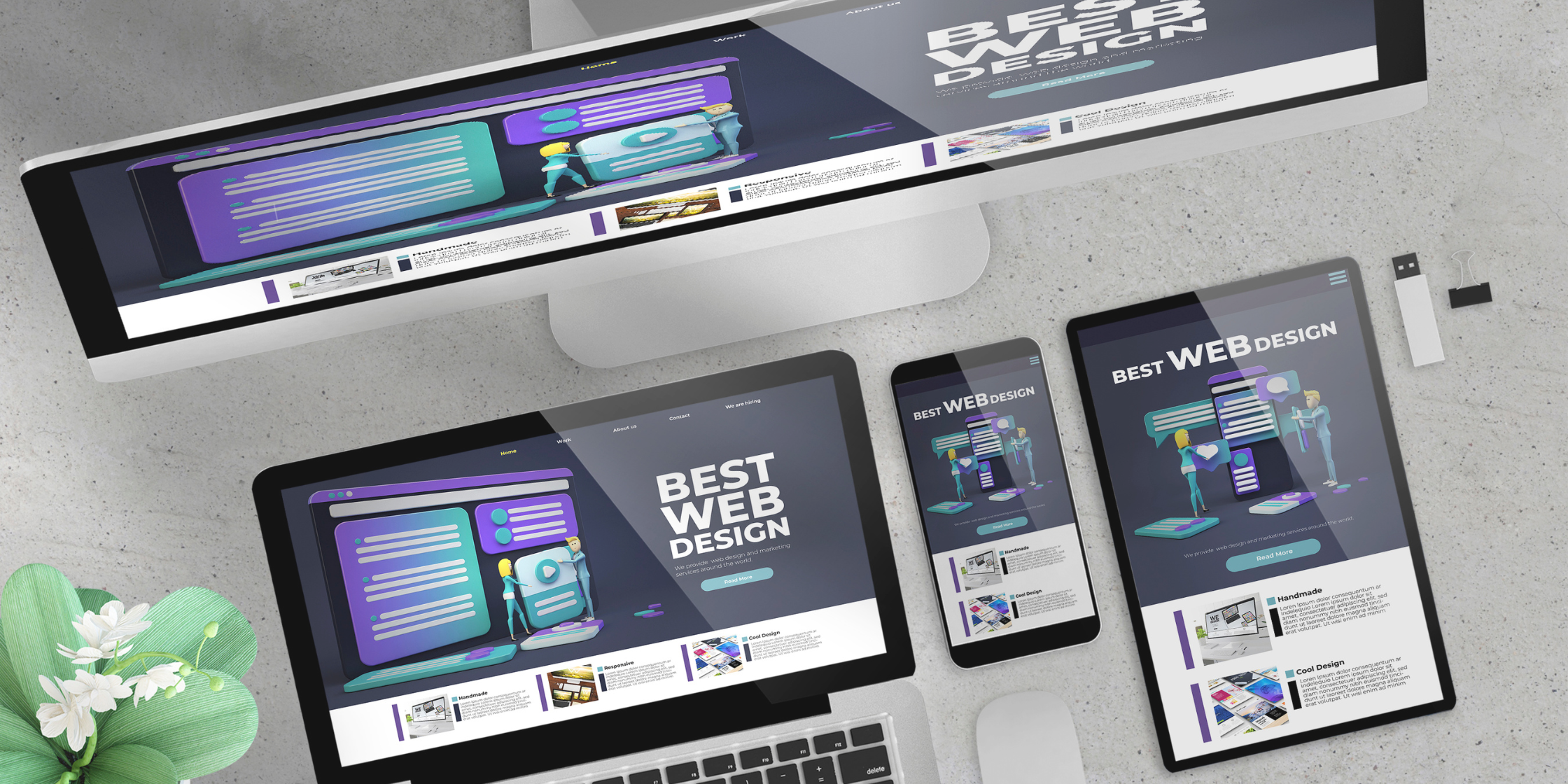Mobile First, Always: Crafting Responsive Websites for a Seamless User Experience
Have you ever landed on a website while browsing the web on your phone, and found that you can’t navigate it properly? As smartphones and tablets increasingly dominate internet usage, prioritising the mobile experience has become essential for any website aiming to engage its audience effectively.
At WebEagles we understand what it takes to create a mobile-first design and why it’s crucial for your business.
Understanding Mobile-First Design
Mobile-first design is a strategy that prioritises the development of website layouts and features for mobile devices before considering desktop or larger screen sizes.
Traditionally, web designers focused on creating desktop versions of websites first and then adapted them for mobile. However, this affected the user experience on mobile devices, as features designed for larger screens were squeezed into smaller spaces, leading to cluttered layouts and decreased usability.
With mobile-first design, designers start with the constraints of a smaller screen size and gradually enhance the experience for larger devices. This approach encourages simplicity, prioritising essential content and functionality while ensuring optimal performance and usability on mobile devices.
The Importance of Responsive Design
Central to the concept of mobile-first design is responsive web design. Responsive design ensures that websites adapt seamlessly to different screen sizes and devices, providing users with a consistent experience no matter what device they are using.
By utilising techniques such as fluid grids, flexible images, and media, responsive design allows websites to adjust their layout and content dynamically based on the user’s device. This adaptability is crucial in today’s multi-device landscape, where users may switch between smartphones, tablets, laptops, and desktop computers throughout the day.
Responsive design not only enhances the user experience but also contributes to factors such as search engine optimisation (SEO) and accessibility. Search engines like Google prioritise mobile-friendly websites in their rankings, meaning that responsive design can improve a site’s visibility and organic traffic.
Additionally, ensuring accessibility across devices ensures that all users, regardless of their preferred device or any disabilities they may have, can access, and interact with the content effectively.
Benefits of Mobile-First Design
Embracing a mobile-first approach offers numerous benefits for both users and website owners:
- Improved User Experience: By prioritising mobile users, websites can deliver a more intuitive and user-friendly experience on smartphones and tablets. Simplified navigation, faster load times, and optimised content layouts contribute to higher user satisfaction and engagement.
- Faster Loading Times: Mobile-first design encourages designers to prioritise performance optimization, leading to faster loading times across all devices. With mobile users often accessing websites on slower network connections, this optimisation is crucial for minimising bounce rates and retaining users.
- Increased Conversions: A seamless mobile experience can have a significant impact on conversion rates, whether it involves making a purchase, filling out a form, or signing up for a service. By removing friction points and ensuring a smooth user journey, mobile-first design can drive conversions and ultimately contribute to the success of a website.
- Future-Proofing: As mobile usage continues to rise, investing in a mobile-first approach ensures that websites remain relevant and competitive in the long term. By staying ahead of trends and technological advancements, businesses can future-proof their online presence and adapt to evolving user behaviours.
Implementing Mobile-First Design
Transitioning to a mobile-first approach requires a shift in mindset and workflow for designers and developers. Here are some key strategies for implementing mobile-first design effectively:
- Content Prioritisation: Identify the most critical content and features for mobile users and prioritise them in the design process. This ensures that essential information is readily accessible on smaller screens without cluttering the interface.
- Progressive Enhancement: Start with a simple, core experience for mobile devices and gradually add layers of complexity and functionality for larger screens. This approach ensures that the user experience remains consistent across all devices while taking advantage of the additional capabilities of desktop environments.
- Performance Optimisation: Pay close attention to performance optimisation techniques such as image compression, lazy loading, and minification of code. Optimising for mobile performance not only improves user experience but also contributes to SEO and conversion rates.
- Testing and Iteration: Regularly test the website across various devices and screen sizes to identify any usability issues or inconsistencies. Iterate on the design based on user feedback and analytics data to continuously improve the mobile experience.
WebEagles’ website design services are firmly rooted in the mobile-first philosophy, ensuring that every website we create delivers a seamless and engaging experience across all devices.


